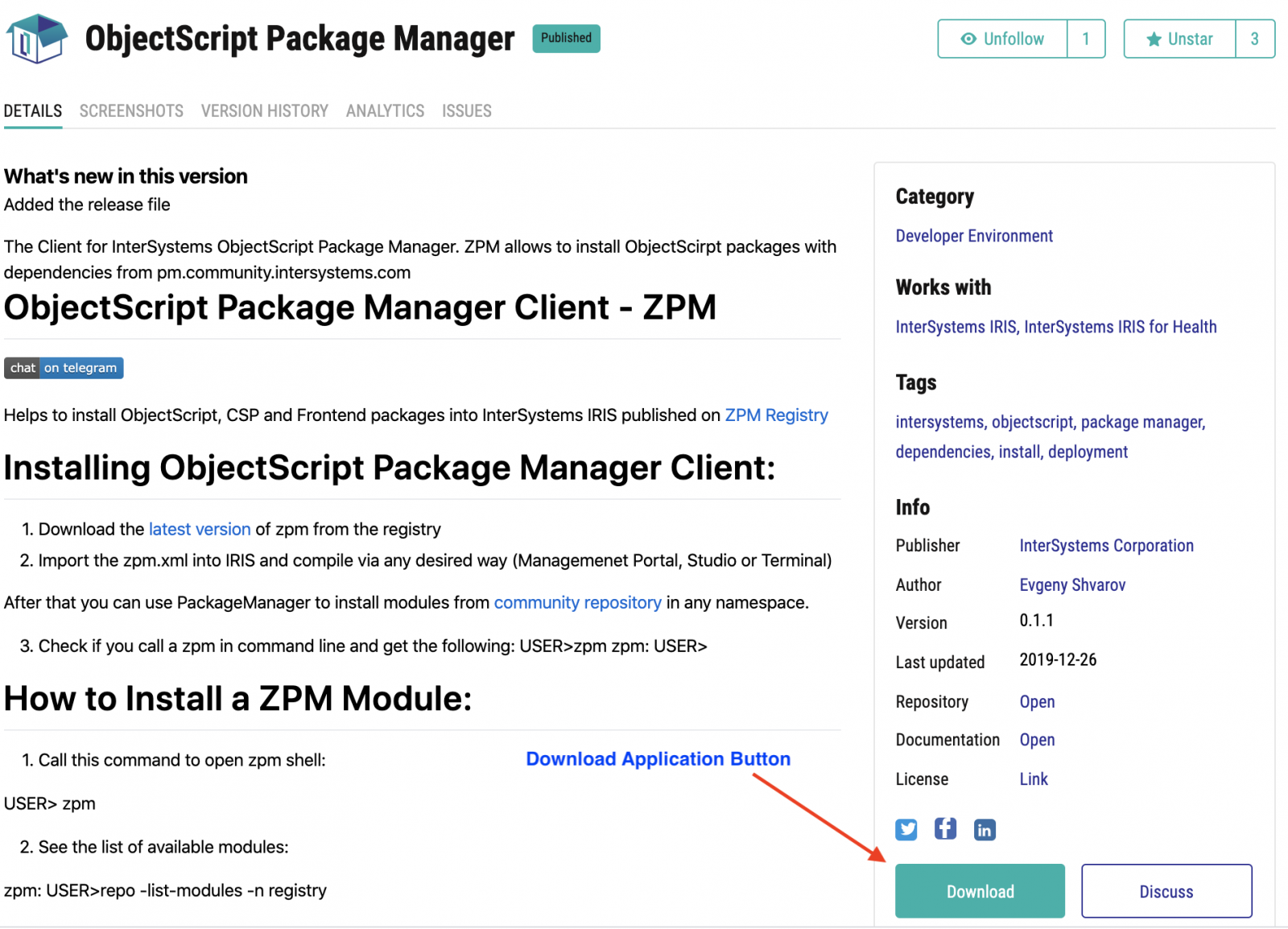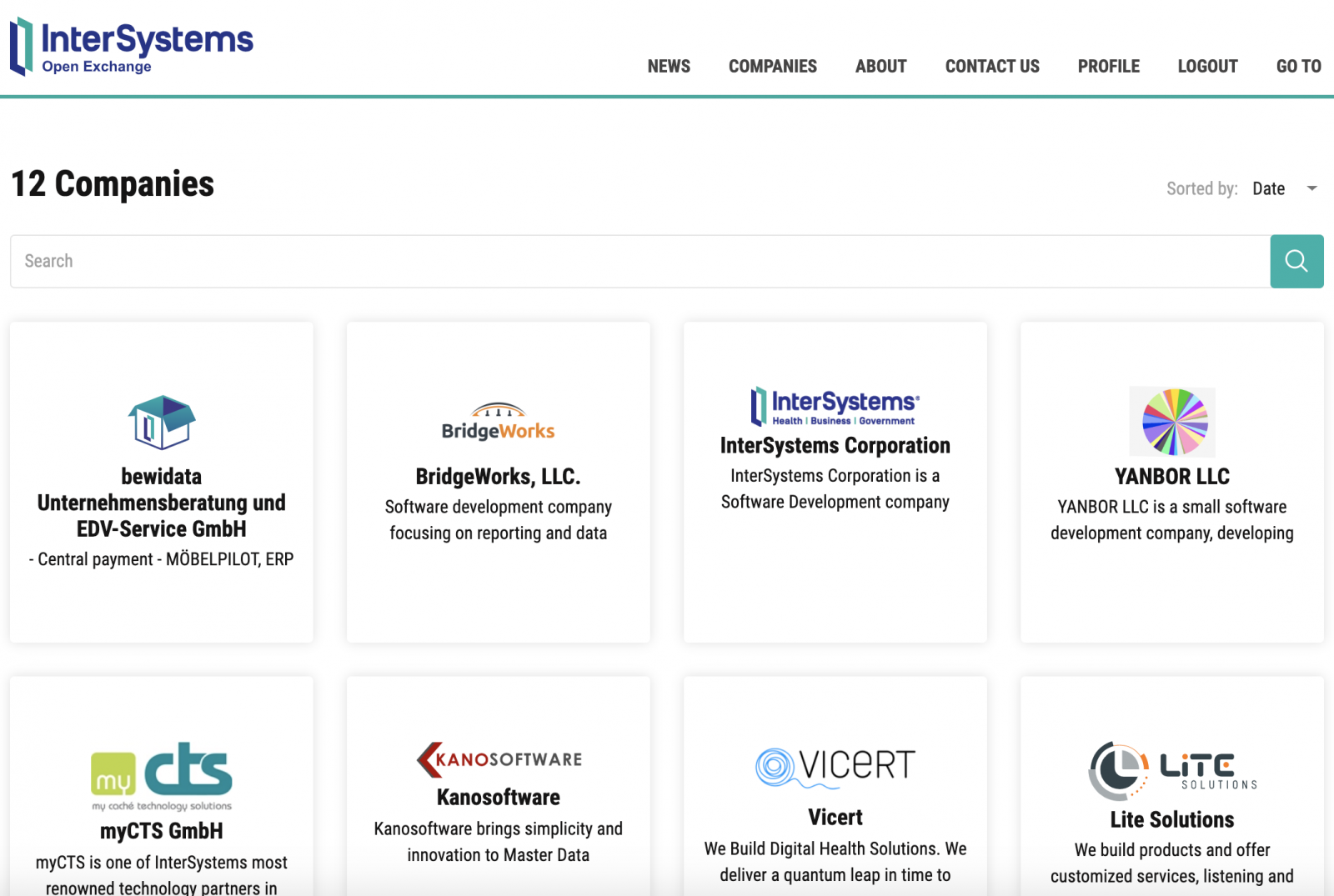Hi Developers!
Suppose you published your application on Open Exchange with version 1.00. And then you've added a new outstanding feature and you make a new release.
You can also make a new release of your application on Open Exchange.
Why make releases on Open Exchange?
This the way for you to highlight the new features of your application. When you publish a new release the following happens:
Release notes appear on the News page of Open Exchange
The version of your app changes
Version History tab is updated









